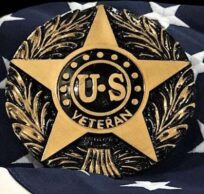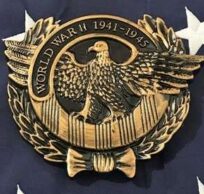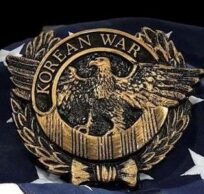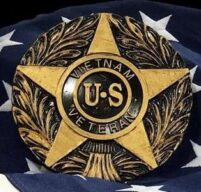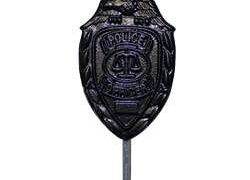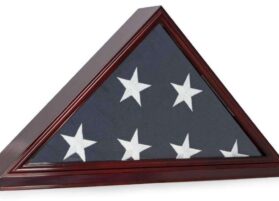Display Your Armed Service Support or Pride with Flags
Official Flags for Each of the U.S. Branches of Service
This page showcases a collection of US Military Flags and Grave Markers to pay tribute to the brave men and women who have served in the armed forces. These flags and markers serve as symbols of honor and respect for both living and fallen veterans, highlighting their sacrifice and dedication to our country. Explore our selection to find the perfect way to honor and commemorate the service of our military heroes.

Official U.S. Army Flag - $41.95
The US Army flag has a long history dating back to the Revolutionary War. The first official flag of the US Army was adopted in 1775 and featured a rattlesnake with the motto "Don't Tread on Me." Over the years, the design of the flag has evolved, with the current flag featuring the Army seal on a blue background. The flag is used to represent the Army and is flown at military installations and events around the world.
Buy a 3' x 5' US Army Flag - $41.95
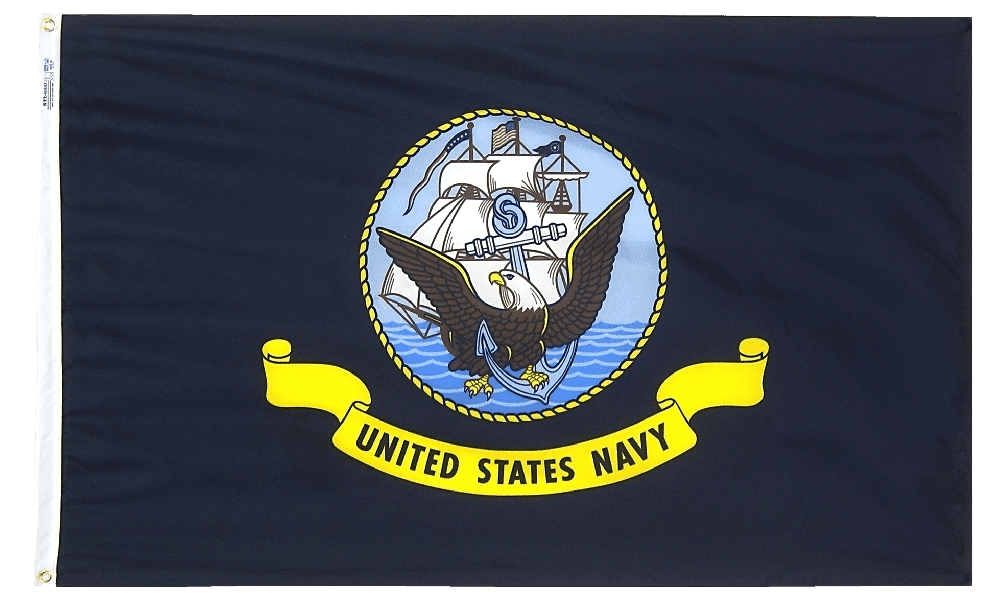
Official U.S. Navy Flag - $41.95
The US Navy Flag, also known as the "Union Jack," has a long history dating back to the American Revolutionary War. The flag features a blue field with 13 white stars arranged in a circle, representing the original 13 colonies. The design was first used by the Continental Navy in 1775 and later adopted by the US Navy when it was established in 1794. Over the years, the flag has undergone several modifications, including changes.
Buy a 3' x 5' US Navy Flag - $41.95
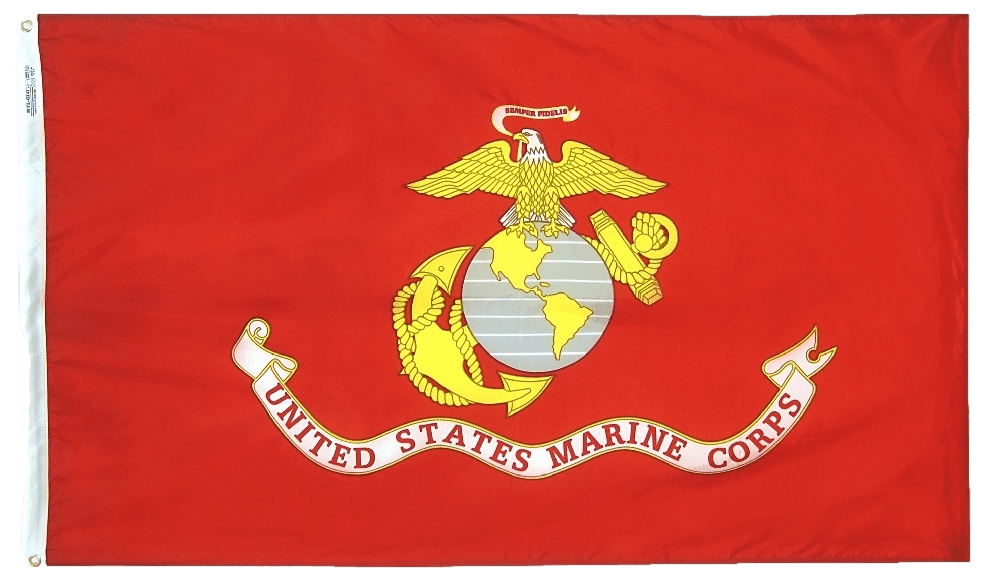
Official U.S. Marines - $41.95
The US Marines Flag, also known as the Marine Corps flag, has a long history dating back to the founding of the Marine Corps in 1775. The flag features the official emblem of the Marine Corps, which includes an eagle, globe, and anchor. The flag has evolved over the years, with different versions and designs being used at various points in history. The flag is a symbol of the Marine Corps' proud tradition, heritage, values and principles.
Buy a 3' x 5' Marines Flag - $41.95
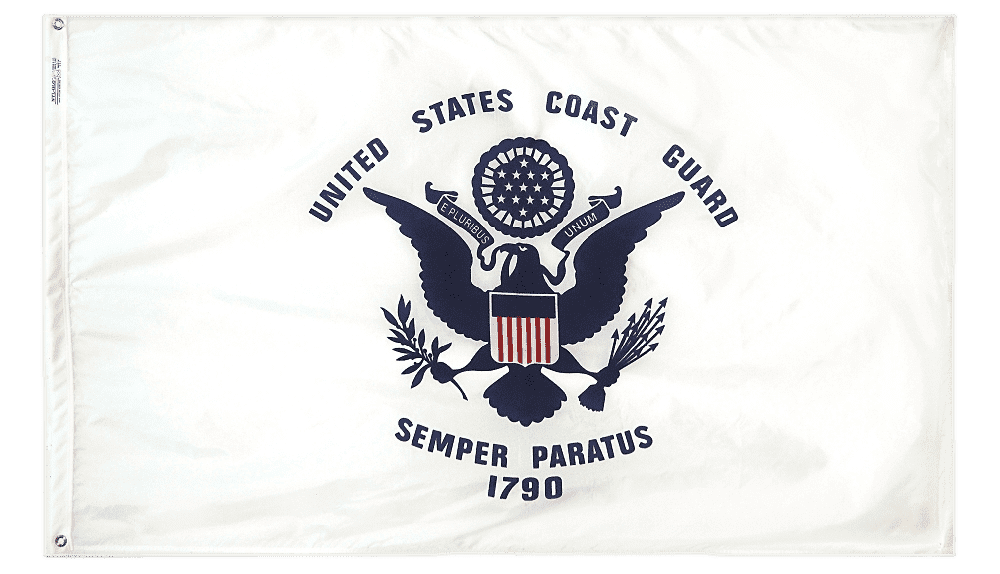
U.S. Coast Guard Flag - $41.95
The US Coast Guard Flag features a white field with a dark blue eagle in the center, clutching a fouled anchor in its talons. The eagle is surrounded by a shield with 13 stars and 13 stripes, representing the original 13 colonies. Above the eagle is a ribbon with the words "Semper Paratus," which means "Always Ready" in Latin. The flag is a symbol of the Coast Guard's commitment to protecting and serving the United States.
Buy 3' x 5' Coast Guard Flag - $41.95
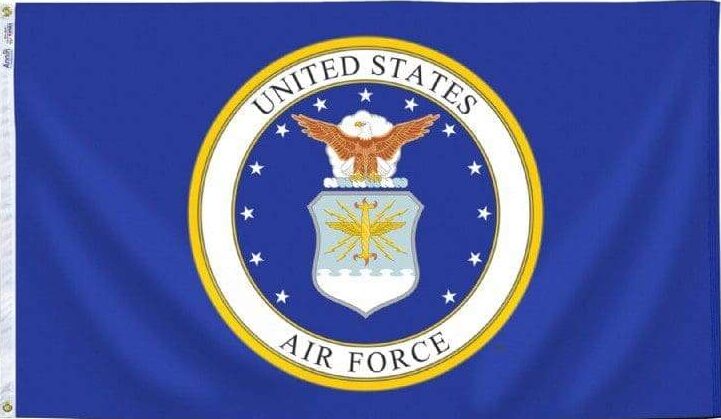
Official U.S. Air Force - $41.95
The United States Air Force Flag, adopted in 1951, is a symbol of the Air Force's pride and identity. It prominently displays the Air Force emblem, a design that showcases a blue field with a prominent white star at its core. Encircling the star is a striking yellow border with the words "United States Air Force" and the pivotal year of its establishment, "1947," elegantly inscribed in blue. It is ceremoniously flown during official events and ceremonies.
Buy 3' x 5' Air Force Flag - $41.95
POW-MIA & Other Flags of Military History
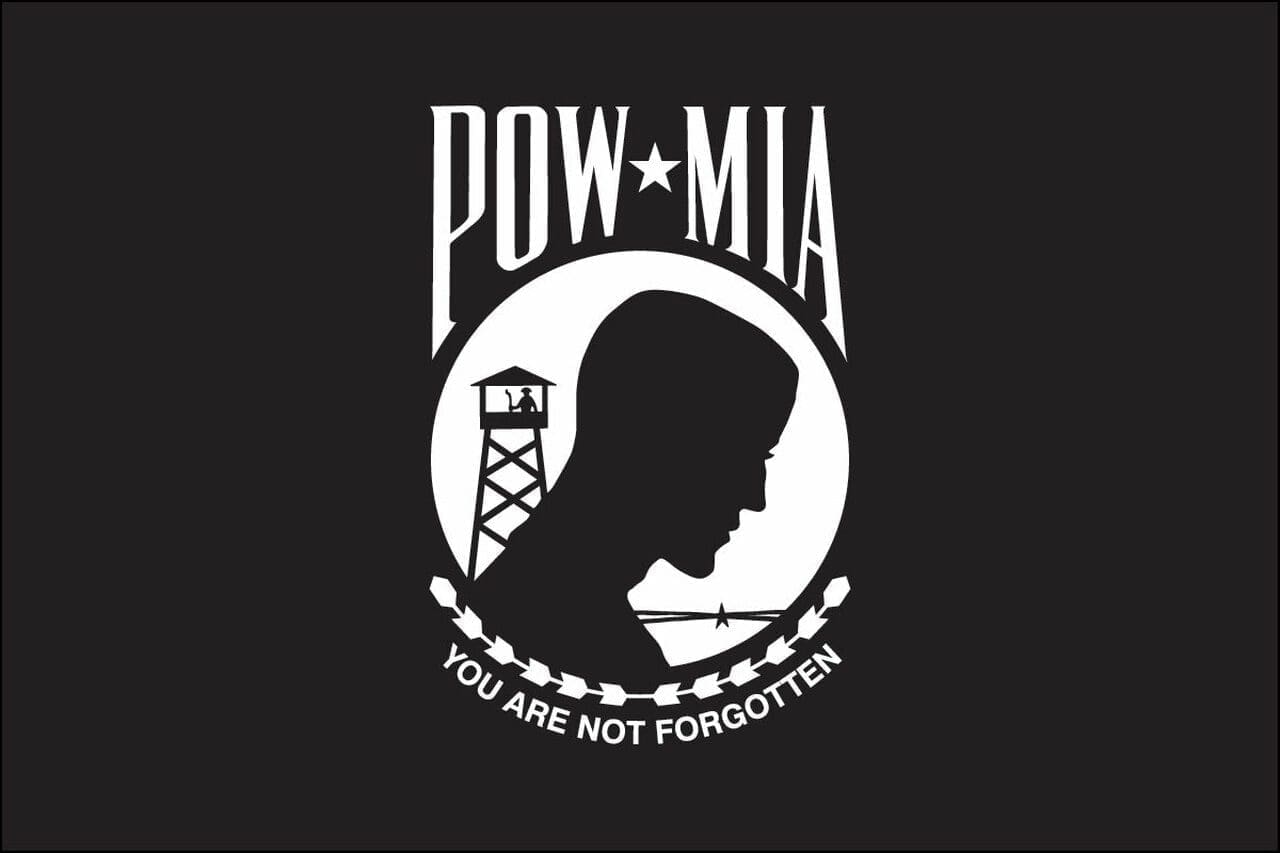
2' x 3' POW-MIA Flag - $44.95
The POW-MIA flag, officially known as the Prisoner of War-Missing in Action flag, is a poignant symbol that represents the enduring memory and acknowledgment of servicemen and women who were taken as prisoners of war or missing in action. This flag is a powerful emblem that pays tribute to the bravery and dedication of military persons who have faced the harrowing experiences of being held captive.
Buy a 2' x 3' POW-MIA Flag - $44.95

3' x 5' POW-MIA Flag - $67.95
The POW-MIA flag, officially known as the Prisoner of War-Missing in Action flag, is a poignant symbol that represents the enduring memory and acknowledgment of servicemen and women who were taken as prisoners of war or missing in action. This flag is a powerful emblem that pays tribute to the bravery and dedication of military persons who have faced the harrowing experiences of being held captive.
Buy a 3' x 5' POW-MIA Flag - $67.95
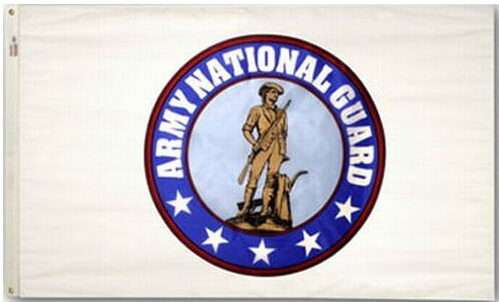
Army National Guard - $41.95
The Army Guard Flag is a distinguished banner that symbolizes the Army National Guard, a vital component of the United States military. This flag proudly displays the emblem of the Army National Guard, showcasing a majestic gold eagle grasping a shield, sword, and olive branch in its talons. It serves as a prominent symbol of honor, duty, and service, embodying the values and commitment of the Army National Guard.
Buy 3' x 5' Army Guard Flag - $41.95
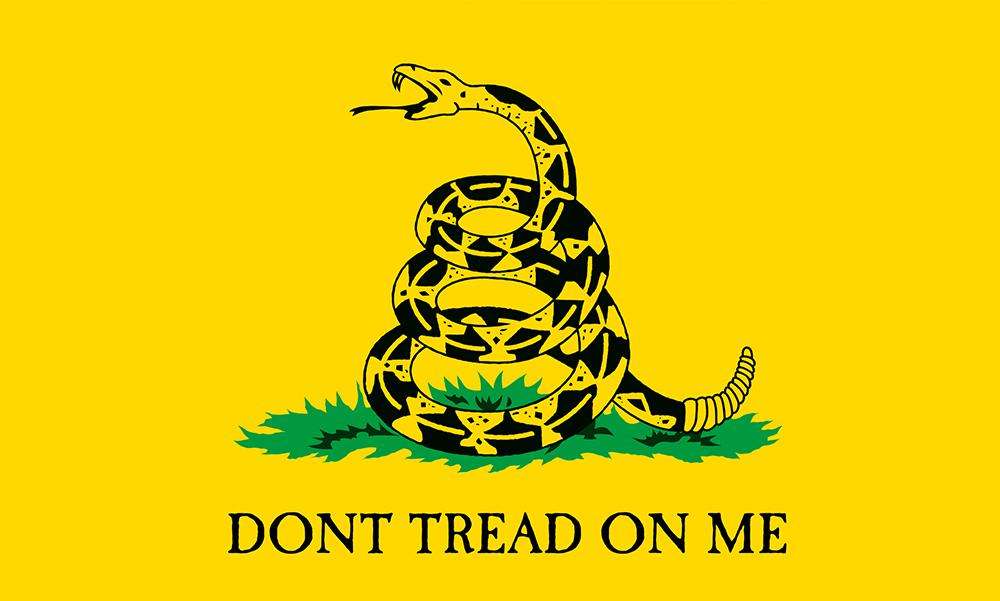
3' x 5' Gadsden Flag - $41.95
The Gadsden Flag, also known as the "Don't Tread on Me" flag, was designed by American general and statesman Christopher Gadsden in 1775 during the American Revolution. The flag features a coiled rattlesnake on a yellow background with the phrase "Don't Tread on Me" below it. It was used as a symbol of American independence from British rule. The flag has since become a popular symbol of American patriotism.
Buy a 3' x 5' Gadsden Flag - $41.95

Gold Star Memorial - $39.95
The Gold Star Flag has its origins in World War I, when families of service members began displaying blue stars in their windows to signify that a loved one was serving in the military. If that service member died in combat, the blue star was replaced with a gold star, symbolizing the ultimate sacrifice made by the individual. The tradition of the Gold Star Flag continued through subsequent wars and conflicts.
Buy 3' x 5' Gold Star Flag - $39.95
Honoring & Identifying Those Who Served with Military Grave Markers
At FlagPatriots.com, we offer a selection of military grave markers to honor and remember the brave men and women who have served our country. We are deeply grateful for their sacrifice and dedication to protecting our freedoms. Our collection of military grave markers serves as a tribute to their service and a way to pay our respects to those who have served in the armed forces.
Thermoplastic US Veteran Marker - $15.95
Designed with convenience in mind, this thermoplastic marker is 6" in diameter, making them highly visible and easy to spot. Additionally, they come equipped with support lugs specifically engineered to accommodate a 3/8" aluminum rod and 3/8" wood flag staff. This thoughtful feature ensures a seamless and secure installation process.
Stamped Metal US Veteran Marker - $21.95
Designed with convenience in mind, this cast metal marker is 6" in diameter, making them highly visible and easy to spot. Additionally, they come equipped with support lugs specifically engineered to accommodate a 3/8" aluminum rod and 3/8" wood flag staff. This thoughtful feature ensures a seamless and secure installation process.
Cast Aluminum US Veteran Marker - $29.95
Designed with convenience in mind, this aluminum is 6" in diameter, making them highly visible and easy to spot. Additionally, they come equipped with support lugs specifically engineered to accommodate a 3/8" aluminum rod and 3/8" wood flag staff. This thoughtful feature ensures a seamless and secure installation process.
Thermoplastic US WWII Veteran Marker - $15.95
Designed with convenience in mind, this thermoplastic marker is 6" in diameter, making them highly visible and easy to spot. Additionally, they come equipped with support lugs specifically engineered to accommodate a 3/8" aluminum rod and 3/8" wood flag staff. This thoughtful feature ensures a seamless and secure installation process.
Thermoplastic Korean War Veteran Marker - $15.95
Designed with convenience in mind, this thermoplastic marker is 6" in diameter, making them highly visible and easy to spot. Additionally, they come equipped with support lugs specifically engineered to accommodate a 3/8" aluminum rod and 3/8" wood flag staff. This thoughtful feature ensures a seamless and secure installation process.
Thermoplastic Vietnam War Veteran Marker - $15.95
Designed with convenience in mind, this thermoplastic marker is 6" in diameter, making them highly visible and easy to spot. Additionally, they come equipped with support lugs specifically engineered to accommodate a 3/8" aluminum rod and 3/8" wood flag staff. This thoughtful feature ensures a seamless and secure installation process.
